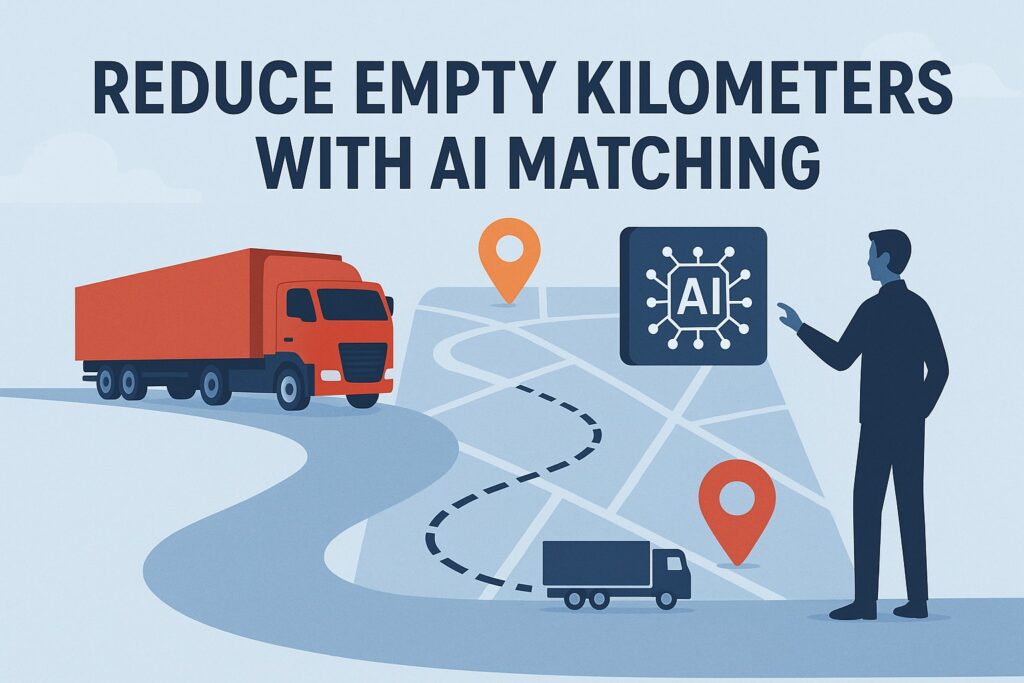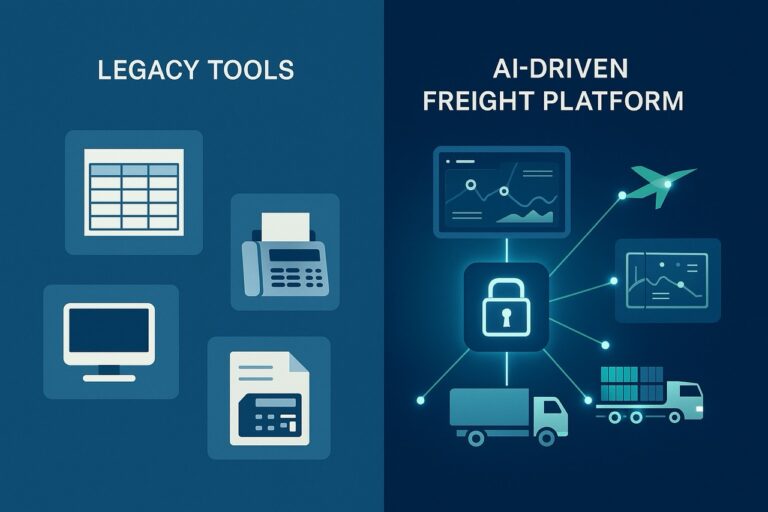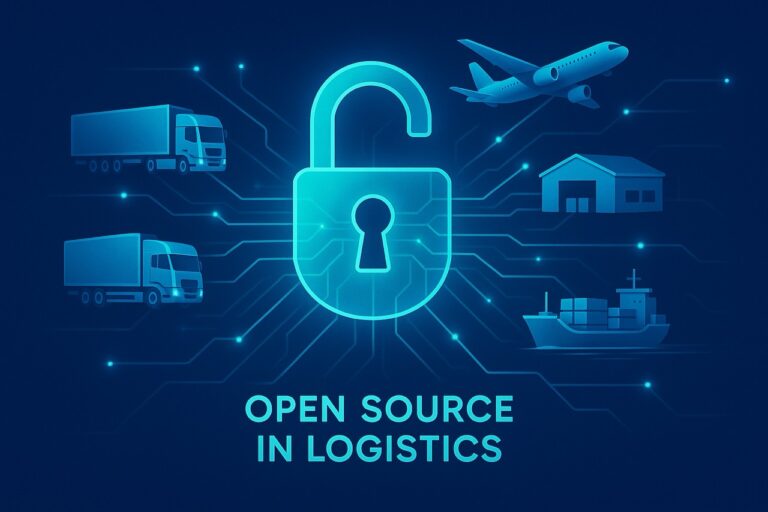Reduce Empty Kilometers with AI Matching
In the fast-paced world of logistics, cutting down on empty kilometers isn’t just a smart choice, it’s a must-do. Logistics managers constantly juggle the need to make routes more efficient while managing fuel expenses and overall costs.
Luckily, AI matching tools have arrived like superheroes, ready to rescue the logistics industry with their advanced algorithms. These tools not only streamline operations but also boost efficiency and promote sustainability. In this article, we’ll uncover how embedding these intelligent technologies into your Transport Management System (TMS) can revolutionize freight operations, shrink empty trips, and ultimately enhance profits.

The Challenge of Empty Kilometers
Empty kilometers are the miles driven by trucks with no cargo onboard, and they present a big hurdle in logistics. These unnecessary trips inflate operational costs and elevate carbon emissions, making them a significant environmental issue as well. According to studies, as much as 30% of freight transport occurs with empty trucks. In a marketplace that increasingly prioritizes sustainability, minimizing these empty trips is vital for staying competitive.
“AI-driven platforms can help eliminate unnecessary mileage, reduce fuel consumption, and increase revenue per mile.”
Logistics firms need to seek innovative strategies to tackle this problem. That’s where AI-driven matching tools step in. With sophisticated data analytics and smart algorithms, these tools offer timely solutions that optimize load distributions and recommend the best routes based on demand and capacity.
Boosting Efficiency Through Route Optimization
One remarkable feature of AI-driven matching tools is their effectiveness in optimizing routes. These systems consider multiple data factors, including:
- Cargo offers
- Closest truck availability
- Current traffic patterns
- Weather conditions
- Delivery windows
By integrating this information, logistics managers can cut down on idle vehicles and decrease the likelihood of empty trips. Adopting a data-focused approach leads to less resource waste, resulting in considerable cost savings while improving service quality.
Improving Load Allocation
Another vital benefit of using AI-driven tools is their ability to refine load allocation strategies. By efficiently matching available trucks with shipping needs, companies can achieve :
- Higher utilization rates.
- Minimized revenue losses from unproductive trips.
- Enhanced collaborations between shippers and carriers, allowing for timely deliveries without extra costs.
These optimized strategies create a win-win scenario that enhances operational efficiency while significantly cutting down on empty kilometers.
Integrating AI with Transport Management Systems
To fully reap the advantages of AI-driven tools, it’s crucial to merge them with your existing TMS. This ensures smooth communication across various operational processes. Key integration features might include:
- Real-time shipment tracking
- Data interoperability for better decision-making
- Advanced analytics offering predictive insights into logistics operations
This integration empowers logistics managers to make prompt and informed decisions, reducing the likelihood of running empty.
Gaining a Competitive Edge in Logistics
With regulations like eFTI driving the industry towards digitization, businesses that adapt swiftly will gain a competitive edge. The logistics arena is changing, and AI-driven tools are vital for staying ahead. Companies that hesitate to embrace these innovations risk falling behind, struggling with inefficiencies while more technologically savvy competitors excel.
Tackling Logistics Pain Points
AI-driven matching tools effectively tackle several common pain points, including:
- Inefficient load allocations
- Suboptimal routing
- High fuel expenses due to empty trips
- Delays in updating delivery statuses
By addressing these challenges head-on, logistics managers can nurture a robust, efficient, and profitable business model.
Long-term Benefits of AI Adoption
The long-term advantages of implementing AI-driven tools in logistics are considerable. Not only do these solutions cut back on empty kilometers, but they also promote:
- Increased profitability through optimized resource use
- Enhanced environmental sustainability
- Stronger partnerships between shippers and carriers
A well-rounded approach that combines technology with strategic logistics practices is essential for companies aiming to flourish in a rapidly evolving market.
Take Action: Transform Your Logistics with CargoBridge
As logistics professionals prepare for the future, incorporating AI-driven solutions like CargoBridge can set a new benchmark in the industry. By harnessing these advanced tools, your organization can not only elevate operational efficiency but also show commitment to sustainable practices. Join our community and discover how CargoBridge can facilitate seamless logistics operations while effectively minimizing empty kilometers.
Sign up for a demo today and take the next step toward transforming your logistics processes!






